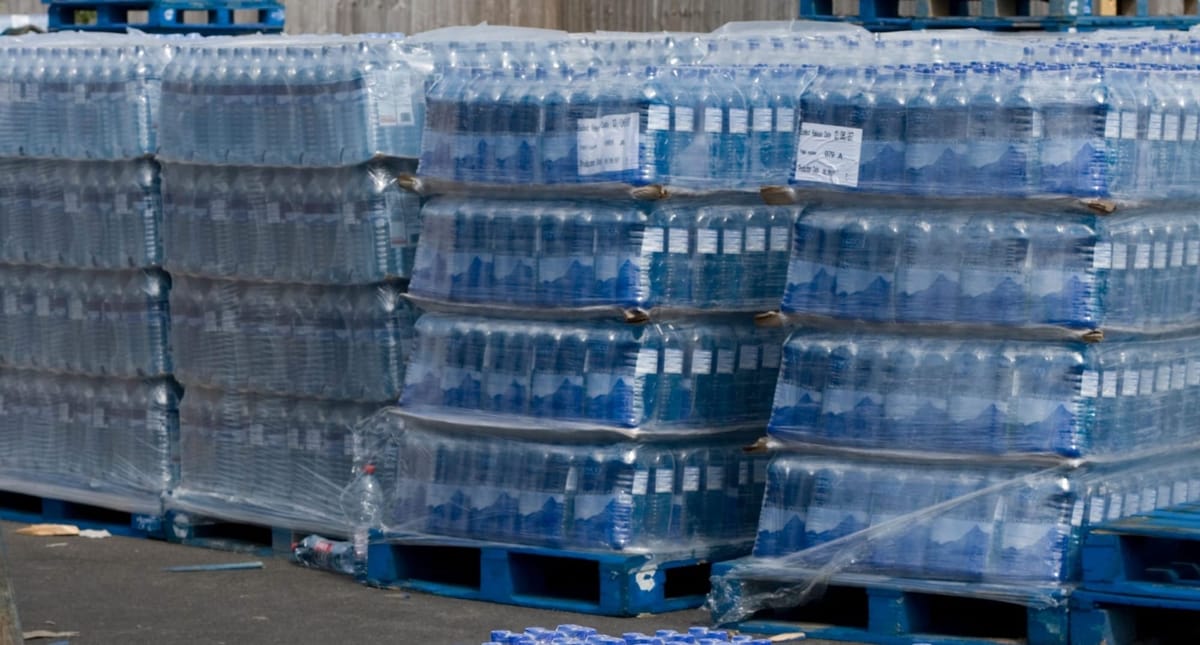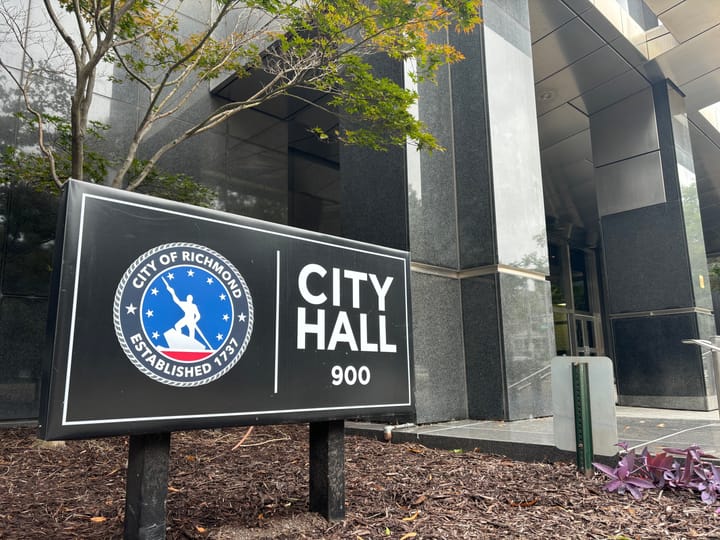
Water regulators say Richmond’s system wasn’t set up to get accurate fluoride data
Virginia water regulators say they’ve found no evidence of public health impacts from a recent fluoride problem at Richmond’s water treatment plant.
But the state is encouraging the city to issue a revised press release about the incident to make it clearer to the public that officials can’t say for certain how high the fluoride levels got.
Under federal drinking water regulations, fluoride concentration must stay below a maximum level of 4.0 milligrams per liter. The target level is 0.7 mg/L.
In a press release about the April 23 fluoride incident — when the installation of a new pump temporarily caused higher amounts of fluoride to flow into the water supply for the city and its regional water customers — the city’s Department of Public Utilities said “at no point” did fluoride levels exceed 4.0 mg/L.
The Virginia Department of Health’s Office of Drinking Water says that’s not the whole story, according to a regulatory notice the state sent the city on Monday.
The Richmonder is powered by your donations. For just $9.99 a month, you can join the 1,000+ donors who are keeping quality local journalism alive in Richmond.
Staff at the water plant didn’t know how to get accurate fluoride readings, according to the state, because the plant’s monitoring equipment was calibrated only for levels between 0 and 2.0 mg/L. Some of the water treatment plant’s fluoride monitoring procedures, according to the notice, weren’t fully functional due the lingering impacts of the Jan. 6 water crisis and needed to be “recalibrated” once the fluoride pumps were replaced.
“While personnel with the waterworks stated that fluoride concentrations within the WTP did not exceed 2.67 mg/L during this time, the bench instrumentation at the WTP had a calibration range of 0 to 2.0 mg/L, such that it would not provide accurate data for fluoride levels above 2.0 mg/L without staff performing additional work to dilute and measure samples,” the state said in the notice of alleged violation. “Waterworks staff who collected samples did not know how to dilute samples to overcome the instrument limitation. Dilution procedures were posted locally near the instrument.”
The state document includes fluoride data showing Chesterfield County measured a peak of 3.86 mg/L on the morning of April 25 in a water tank on Jahnke Road.
“The exact peak fluoride residual cannot be quantified based on the sampling events at the WTP,” the state notice said.
The reading in Chesterfield was significantly higher than the levels Richmond officials had previously disclosed based on tests that occurred well after the extra fluoride got into the water. The VDH notice said the Chesterfield sample “suggests the fluoride residual increased to at least 3.86 mg/L sometime between April 24 and April 25.”
The state drinking water office said it “strongly encourages the city to provide a revised press release” that would make it clearer “fluoride samples were not collected during the fluoride overfeed and that fluoride levels were unknown during a period of time.”
“The need for the city to change its culture and improve its communication is evident,” the notice from state drinking water Field Director James Reynolds said.
Despite the uncertainty over exactly what occurred, the state notice largely aligns with the city’s assurances the situation didn’t create a health hazard.
“VDH did not identify any risk to public health from the temporary fluoride exceedance,” Reynolds wrote. “The VDH State Toxicologist reviewed data with ODW and determined that the fluoride concentration was too low and too short in duration to cause an immediate (acute) health risk of nausea, vomiting, or heart effects.”
In a statement Monday, the city utilities department acknowledged receiving the notice but didn’t specifically address the recommendation to be more transparent about what happened.
“DPU will continue to evaluate further enhancements,” the city statement said. “The city appreciates the partnership and remains committed to working with VDH and regional partners to ensure it meets its mission to deliver safe and clean drinking water to the region.”
The city has already taken steps to address the fluoride issue, according to VDH, such as collecting daily samples, replacing and recalibrating equipment and ensuring plant operators know how to collect accurate fluoride readings.
Though the fluoride issue occurred on April 23, state regulators have said they weren't informed until April 27. The city did not make a public statement until April 28.
The VDH notices accuses the city of three potential regulatory violations: Allowing the “unplanned discharge” of fluoride to happen, not responding thoroughly after it happened and failing to notify regulators of the incident in a timely manner.
Contact Reporter Graham Moomaw at gmoomaw@richmonder.org






